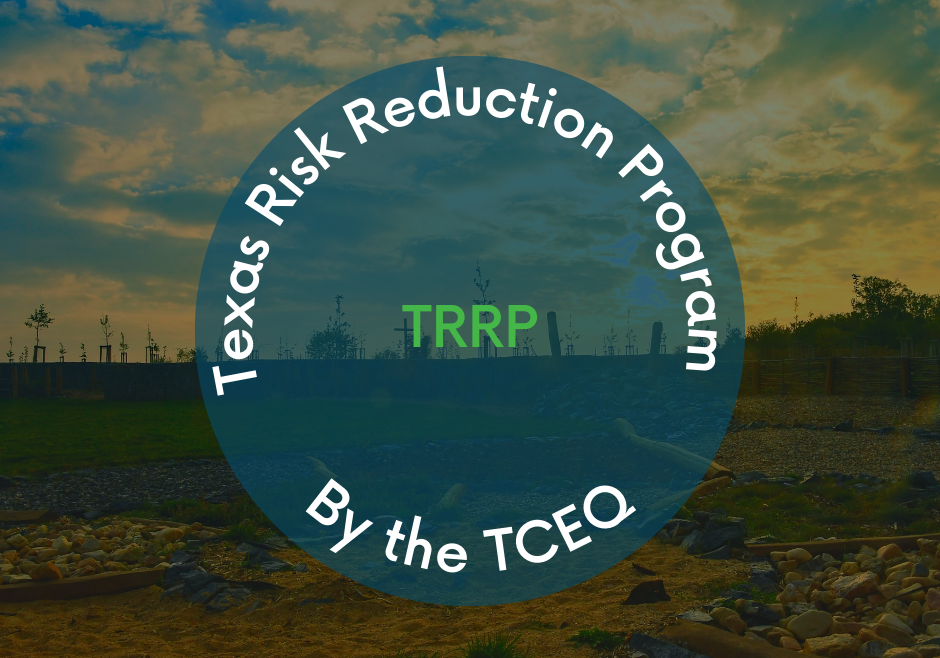The Texas Risk Reduction Program (TRRP), managed by the Texas Commission on Environmental Quality (TCEQ), is dedicated to safeguarding public health and the environment by managing risks associated with contaminated sites in Texas. This article provides a concise overview of the TRRP and its significance in protecting Texas communities.
Key Components of the TRRP
Risk Assessment: The TRRP conducts thorough risk assessments to evaluate hazards posed by contaminants at sites, ensuring a comprehensive understanding of potential risks.
Risk-Based Concentration (RBC): The TRRP establishes concentration levels for contaminants, serving as benchmarks to guide remediation efforts based on risk levels.
Tiered Approach: The TRRP employs a tiered approach, allowing for a phased assessment and response process, ranging from basic risk assessment to more rigorous analysis and extensive remediation measures.
Stakeholder Involvement: The TRRP emphasizes collaboration and transparency by involving stakeholders, such as property owners and community members, in decision-making processes to address concerns and ensure public participation.
Remediation and Monitoring: The TRRP outlines site-specific remediation and monitoring requirements to effectively reduce risks, employing strategies such as excavation, treatment, containment, and natural attenuation.
Benefits and Significance of the TRRP
The TRRP's risk-based approach optimizes resource allocation, focusing remediation efforts on areas with the highest potential risk. By establishing clear guidelines, it promotes consistency in risk assessment and remediation practices across contaminated sites.
Stakeholder involvement fosters trust and collaboration, ensuring local knowledge and concerns are addressed, resulting in more informed decision-making and increased public confidence.
Conclusion
The Texas Risk Reduction Program (TRRP) by TCEQ is a vital framework for managing risks associated with contaminated sites in Texas. Through risk assessments, concentration benchmarks, a tiered approach, stakeholder involvement, and effective remediation measures, the TRRP ensures the protection of public health and the environment. It continues to play a key role in the restoration and preservation of Texas' environmental resources.
Project Spotlight: Undisclosed Dry Cleaner Properties
Several retail strip center properties owned by one confidential client were impacted due to dry cleaning solvent and waste releases discovered during Phase 2 Environmental site assessment due diligence. The sites were each entered into the TCEQ Voluntary Cleanup Program (VCP) pursuant to the TRRP requirements.
Following acceptance of each site into the VCP, Response Action Plans were prepared and submitted along with Response Action Effectiveness Reports documenting site conditions at different phases of the investigations.
Each site was addressed according to the media affected (soil, groundwater, and vapor) and degree of impacts. Sites where impacts were delineated to less than regulatory limits were closed under the VCP certificate of completion with restrictive covenants for groundwater use. Sites with impacted surface soil were closed under VCP conditional certificate of completion using engineering control concrete cover system to prevent dermal contact. Sites with impacts greater than regulatory limits were entered into Municipal Setting Designation (MSD) programs with the local municipality.
CRG Texas assists stakeholders in navigating the TRRP and where needed MSD, processes.


